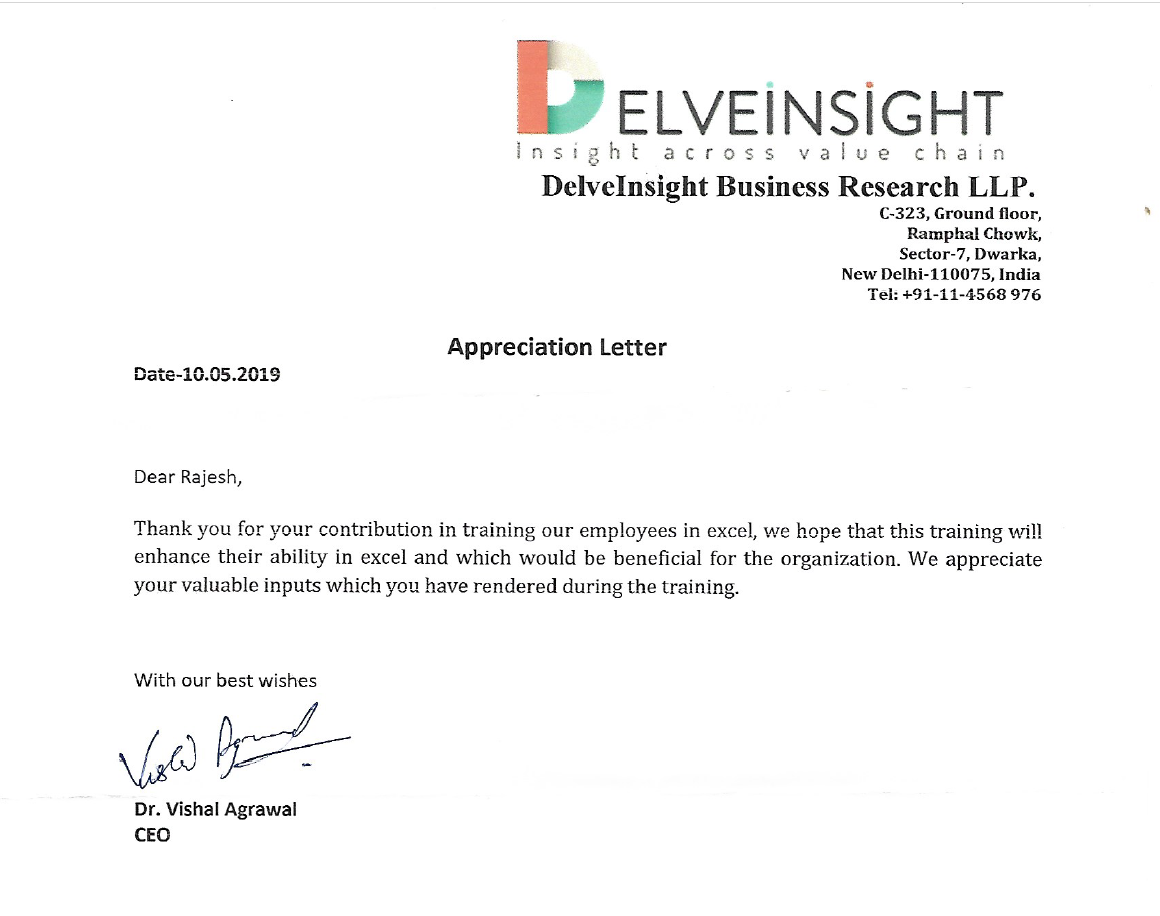MY STORY-FREELANCER TO EMPLOYER
This blog traces my journey from solo freelancer to employer, showing how I turned teachable skills into products, marketing into measurable sales, and independent contractors into paid team members.
Business Origin Story
Origin
I wanted a space that belonged entirely to me — a website where I could surface hidden knowledge and creative work that didn’t fit elsewhere. Building my own site became a deliberate act of ownership: a place to shape ideas, test formats, and publish without compromise.
What I pursued
Curiosity about Microsoft Excel drove the next step. I turned learning into products and services: blogs to explain concepts, coaching to teach them, and an online store to package useful tools. Each offering was designed to deepen my mastery while delivering clear value to learners and clients.
What this taught me
Owning the platform taught me how creativity and craft grow fastest when combined with discipline. Turning curiosity into teachable assets sharpened my technical skill, clarified my voice, and converted private expertise into sustainable income.
Learning curve
Core lesson
I learned that originality matters more than shortcuts. Reusing others’ work without clear attribution undermines trust and long‑term success; always credit sources or transform material substantially so it becomes genuinely yours.
Technical and operational essentials I adopted
- Own platform — a website and domain to control content, sales, and brand.
- Content production tools — reliable video creation and editing software, a good microphone, and a quiet recording space.
- Business setup — copyrighting my work, registering the business, a dedicated current account, and a distinct logo and visual identity.
Products I developed
- PDF eBooks crafted in my voice and visual style.
- Training videos with structured lessons and supporting materials.
Complementary Data Management Program
Continuous improvement practices
I continually refine my offerings by adding technical features, polishing aesthetics, and experimenting with new formats so each product becomes more useful and more appealing to learners and buyers.
Sales and Marketing for Freelancers
Early experiments and what they taught me
I learned that vanity metrics — likes and follows — do not equal revenue. Engagement that doesn’t convert is noise; attention must be steered toward clear, monetizable actions.
Paid promotion and results
- Social ads delivered measurable leads and paid clients when campaigns were targeted and outcome-focused.
- Ad lesson: creative clarity, precise audience targeting, and a simple conversion path produced the best ROI.
Channel focus and audience fit
- Not every social platform aligns with my business goals.
- I prioritized platforms where professionals and decision makers spend sustained time and where intent to learn or buy is higher.
https://www.linkedin.com/in/specialskillsin/
Earned contribution vs owned media
- Writing free guest posts that neither drive traffic nor pay proved a poor time investment.
- I shifted effort to owned content: publishing regular blog articles on my website to build organic search value and long-term lead flow.
https://www.specialskills.in/spiritual-journey
https://www.specialskills.in/importance-of-blog-writing - I also accept paid placements or write for outlets that offer direct return.
Ongoing tactics
- Convert social attention into owned contact: capture emails, promote free lead magnets, and direct followers to long-form content.
- Test small, measurable ad budgets and scale winners.
- Reinvest revenue into better creatives, clearer landing pages, and targeted outreach to professional communities.
Finance
Accounting and compliance
- I engaged a Chartered Accountant to register my sole proprietorship, set up books, and manage taxation.
- I put formal processes in place for invoicing and periodic financial reviews so my records stay updated.
Payments and cash flow
- I integrated payment gateways to accept UPI, cards, and net-banking, and configured settlement and refund workflows.
- I reconciled gateway fees and settlement cycles so cash forecasts reflect real inflows and charges.
Pricing decisions
- I fixed course and service prices by considering what customers were willing to pay.
Data Management programs - I created tiered offers — Beginner, Intermediate and Advanced— to widen my market and increase lifetime value.
Financial controls and growth metrics
- I track fixed and variable costs and prioritize investments that improve conversion or product quality.
- I monitor marketing spend and product improvements.
Practical accounting steps I follow
- I run monthly P&L reviews and cash-flow checks.
- I set quarterly revenue targets and adjust prices or offers when conversion data or customer feedback indicates I should.
Setting Professional Boundaries
Professional boundaries
- I decided to be professional with clients and not allow them to treat me like an unpaid freelancer.
- When a client expected extra unpaid hours to coach her daughter, I clearly refused additional work without compensation.
- When another client repeatedly disrespected my time by cancelling sessions at random and treating me without courtesy, I discontinued the relationship.
Respect and reciprocity
- I attracted many clients who treated me with respect, followed my guidance, and later benefited from it.
- Those positive experiences reinforced that respectful clients produce better outcomes and long-term relationships.
Who tends to show more professionalism
- I observed that C-suite executives generally behave more professionally than some HR contacts.
- I attribute this to their longer experience and clearer decision-making authority.
Losing Corporate Clients
What happened
I lost two corporate clients early on because my sales pitch wasn't strong enough. I even travelled to Manesar in the company cab for one meeting, but the deal never materialized.
What I learned
- A polished, outcome-focused pitch matters more than enthusiasm alone.
- Face-to-face meetings are valuable but must be backed by clear value propositions, tailored case studies, and a confident close.
- Time and travel are investments; I now qualify leads more strictly before committing to long trips.
How I changed my approach
- I refined my sales materials to highlight measurable outcomes and client success stories.
- I rehearse and tailor each pitch to stakeholder concerns and decision criteria.
- I use short discovery calls to confirm fit before scheduling in-person meetings.
Winning Corporate Clients
How I won the client
I secured my third corporate client after meeting the CEO and HR team in person. I presented a focused, professional proposal and demonstrated how my training would deliver measurable results.
What happened post training
The CEO personally expressed respect for my teaching approach and issued an appreciation letter on company letterhead.

What I learned
- Meeting senior decision makers in person builds trust faster than remote interactions.
- A clear value proposition and relevant examples win respect and commitment.
- Formal recognition from a client reinforces credibility and helps open doors to new opportunities.
Transformation of a senior professional
The client and assignment
A senior executive who knew little about computers hired me for a 14‑day Excel and PowerPoint coaching program. He arrived nervous and lacked confidence, but he treated me with respect throughout.
How I taught and what I covered
I focused on practical, confidence‑building lessons in Excel and PowerPoint and expanded training organically to cover Windows basics, MS Office workflows, and simple laptop troubleshooting so he could work independently.
Outcome and impact
Over two weeks his skills and confidence transformed—he began using tools he had avoided and handled routine technical issues on his own. In gratitude he recorded a testimonial video, which I still feature on my website.
Sudden Discovery
What I discovered
I found significant technical errors: incorrect YouTube subtitles on a foreign channel and a major pricing mistake on an overseas copywriting site.
What I did
I alerted both teams with clear, respectful messages describing the issues and how they could fix them.
Outcome
Both teams thanked me and corrected the errors.
What I learned
Proactive, courteous feedback creates goodwill and solves real problems; small interventions can produce immediate, visible impact.
From Freelancer to Employer
The Realisation
I realised my business could create jobs, not just income, and I wanted to scale impact while focusing on what I do best.
How I organised the shift
- I began recruiting affiliate marketers on a 50% commission basis so they could own marketing and I could concentrate on product creation.
Remote Affiliate Marketing Jobs – 50% Commission | Specialskills.in - I wrote clear affiliate guidelines, set performance expectations, and provided onboarding materials and sample creatives.
Early results and principles
- Delegating marketing freed my time for course development, quality control, and client coaching.
- I prioritised fair compensation, transparent reporting, and simple payment processes to build trust with affiliates.
Next steps I follow
- I track affiliate performance and refine commissions or incentives where needed.
- I recruit selectively, preferring partners who understand my brand voice and long-term vision.
My Professional Values
Integrity
I deliver work I can proudly stand behind; I give clear credit where it’s due and never sell shortcuts as craftsmanship. I honour agreements, invoices, and timelines so clients know they can rely on me.
Practicality
I prioritise usefulness over flash. I create solutions that save time, reduce errors, and are easy to adopt so clients see measurable benefit from day one.
Craftsmanship
I care about polish and function. I refine copy, design, and workflows until they work beautifully together — aesthetics that support clarity, not distract from it.
Respect for People
I treat every client with courtesy and clear boundaries. I expect reciprocal respect for my time and expertise and I end relationships that consistently cross those lines.
Continuous Learning
I keep improving my technical skills, teaching methods, and tools. I test, iterate, and publish what works so my trainees and clients always get practical guidance.
Fairness and Transparency
I price honestly, explain deliverables clearly, and make processes simple to understand. I share what I know freely when it helps, and bill fairly when my time is required.
Long‑term Impact
I design products and trainings to build sustainable capability, not one‑off fixes. I measure success by the ongoing gains my clients and learners achieve, not by a single sale.
So, how was the blog?
Are you ready to make your daily work, lessons, and ideas visible to the world?
Create your blog now — secure your URL
https://www.specialskills.in/start-your-website-plans-and-contact
Author Bio
Rajesh Pathak blends technical precision and workplace experience with culturally resonant storytelling. He writes practical, career-focused pieces on early careers, workplace learning, job transitions, leadership, and the small rituals that shape professional growth, while mentoring housewives, students, entrepreneurs, and corporate professionals who want to build writing careers. He also crafts brand narratives, visual systems, and SEO-minded, copy-ready assets that balance strategic clarity with emotional impact, emphasizing clear imagery, headlines, and actionable takeaways that make ideas discoverable, trustworthy, and ready for career development.
Visit: About Rajesh Pathak-Founder and Educator



